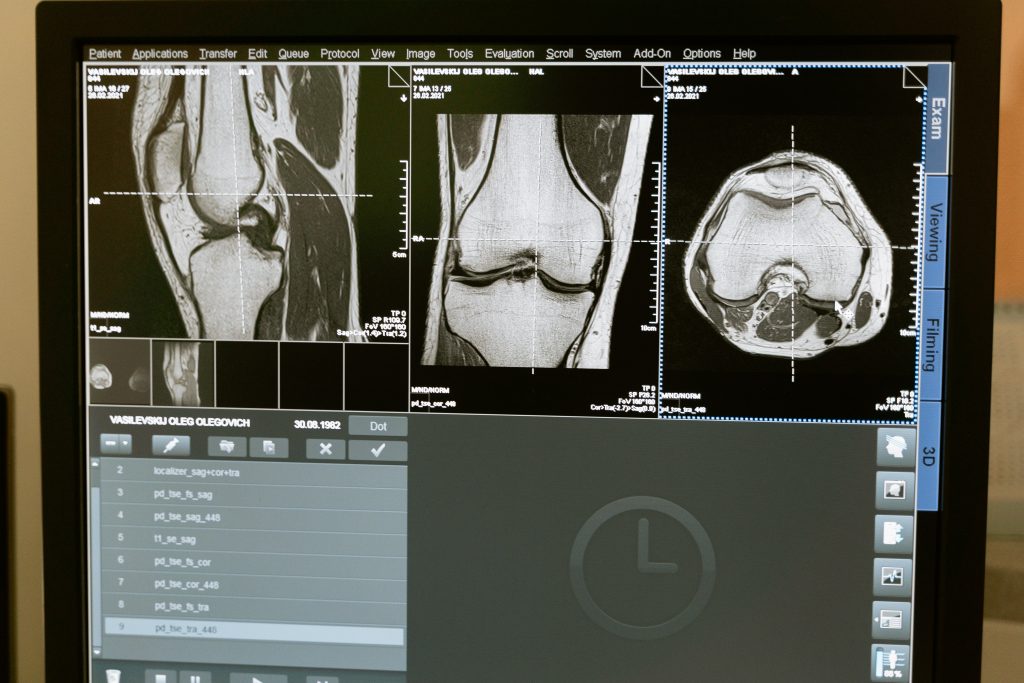A new report published in Nature titled “Decade-long leukemia remissions with persistence of CD4+ CAR T cells” highlights a novel treatment called CAR T, which is being hailed as a “cure” for cancer by Dr. Carl June, the principal investigator for the trial at the University of Pennsylvania.
June said, “Now we can finally say the word ‘cure’ with CAR T cells.” In 2010, when the trial began, the idea for this sort of therapy “was way out there,” he added.
June and his colleagues reported that the CAR T therapy wiped out cancer in two out of the three initial early-trial patients, all of who had chronic lymphocytic leukemia. Though the cancer disappeared, the CAR T cells stayed circulating through patients’ bloodstreams, almost guarding the body against future attacks.
In CAR T therapy, T cells (white blood cells that fight viruses) are removed from a patient’s blood and re-introduced after being genetically engineered to fight cancer. Patients’ T cells are taught to recognize and destroy B cells, a key player in cancer formation throughout the body. Without B cells – or cancer – patients require regularly-scheduled infusions of immunoglobulin infusions, which replenish antibodies.
Many people with blood cancer have benefitted from CAR T therapy, which has proved especially effective against acute leukemia. Roughly a third of patients who underwent the CAR T therapy have gone into remission, but many patients later relapse.
Dr. John F. DiPersio, chief of the division of oncology at Washington University in St. Louis, said, “The question is not only why some patients relapse or are resistant to therapy but why are some patients cured?”
He continued, “Oncologists don’t use words like ‘cure’ lightly or easily or, frankly, very often,” he said. “I guarantee that it’s not being used lightly. The patients we treated had far advanced disease,” he noted, adding, “the biggest disappointment is that it doesn’t work all the time.”
Acceletronics is an industry leader in delivering the best equipment performance and service reliability from CT Scanners and Linear Accelerators across all major brands and models. Call 610-524-3300 or visit our website: https://www.acceletronics.com.
Written by the digital marketing staff at Creative Programs & Systems: www.cpsmi.com.

